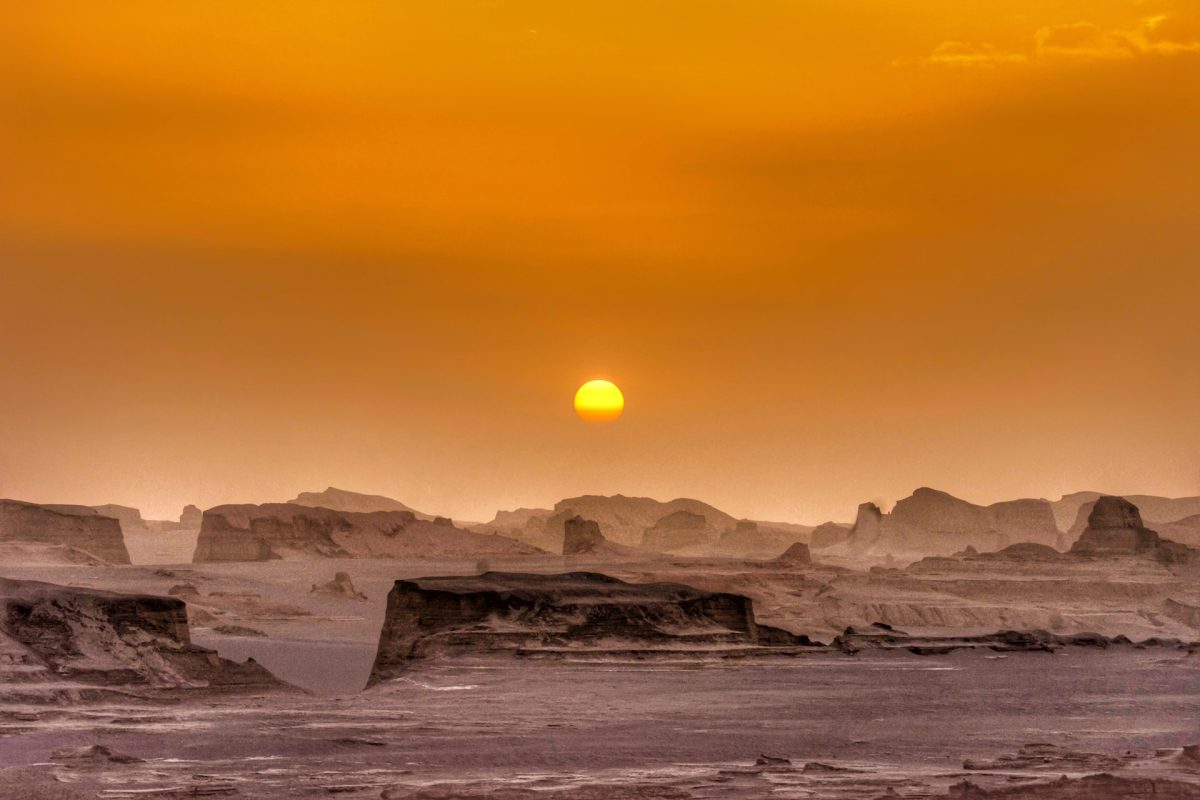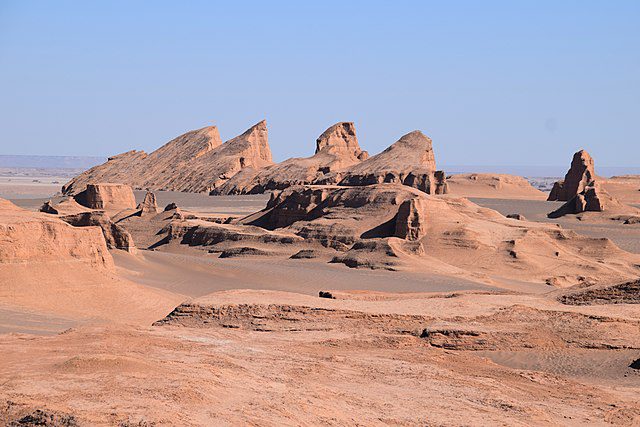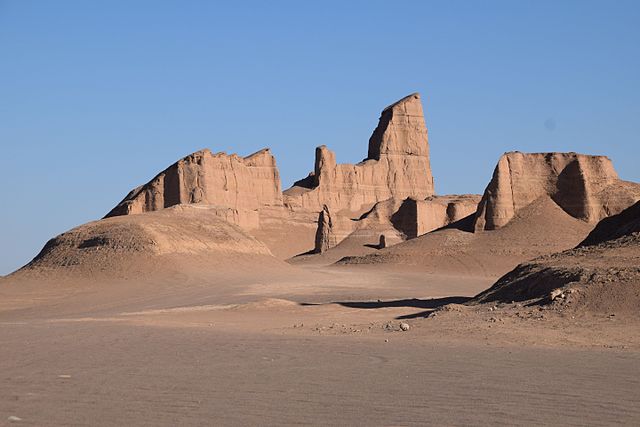Table of Contents
In the heart of Kerman, the Shahdad Kalouts are a true wonder of nature. These immense sand cliffs, stretching far and wide, hold the prestigious title of the world’s largest. They are a must-visit for anyone who marvels at nature’s creations and offers an enchanting escape for all adventurers. Standing tall against the endless blue sky, these Kalouts create a breathtaking scene that captures the imagination of all who come their way.
This extraordinary place showcases the magic of nature, displaying the biggest desert and kalout formations ever seen. The landscape, shaped by the hands of time and the whispering winds, offers a sight like no other. Here, the earth seems to come alive, with salt springs bubbling up from the ground, covering an area of an incredible 100 hectares. This natural phenomenon not only adds a touch of mystery to the surroundings but also forms a fascinating oasis in the midst of the dry desert. The Kalouts are not just sand dunes; they are a living tribute to our planet’s beauty, inviting explorers to lose themselves in the wonders of nature.
History of Shahdad Kalouts
Shrouded in mystery, Shahdad Kalouts hints at a long-lost city buried beneath the sands. Ancient stories speak of a cursed city, and discoveries of bronze and clay artifacts in the southern part of Kalut add weight to these tales. The harsh desert conditions make it unlikely for normal communities to thrive here, making the presence of these artifacts all the more intriguing.
These findings suggest that an ancient city might have once flourished in this barren land, leaving behind traces of its existence. As we wander through the vast expanse of these kalouts, we’re not just exploring sand dunes; we’re uncovering the secrets of a civilization lost in time, etched into the very fabric of the desert.
Structure of Shahdad Kalouts
Nestled between U-shaped valleys, the Kaluts in the Shahdad Desert are nature’s extraordinary creations. These hills, shaped by the wind over ancient lake sediments, boast flat tops and steep sides, creating a stunning landscape. The name ‘Kalut’ originates from ‘Kal,’ meaning village, and ‘Lut,’ the region they belong to, Dasht-e Lut.
Renowned desertologist and professor, Parviz Kardovani, marvels at the Shahdad Desert, considering it one of the most captivating deserts globally. Within this desert, the Kaluts region stands out, being exceptionally beautiful. Kardovani labels it the hottest spot on Earth. In 2005, NASA confirmed this, recording a scorching 70.7 degrees Celsius, surpassing the previously believed hottest place, the Arizona Desert, at 63 degrees Celsius. This revelation underscores the exceptional heat of Kaluts, making them a testament to nature’s unparalleled wonders in the heart of the desert.
Naming of Shahdad Kalouts
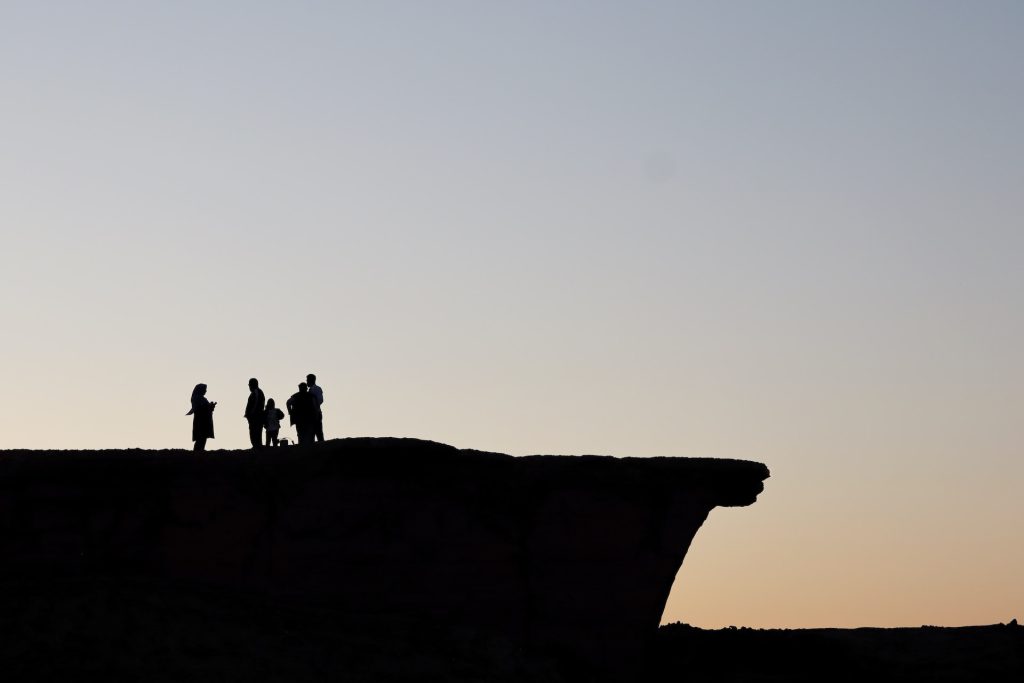
The term “Kalout” finds its roots in two Persian words: “Kal,” meaning “settlement” or “habitat,” and “Lut,” referring to the vast Lut desert region. This name paints a vivid picture of the earthen structures that, when seen from afar, create an illusion of a city rising amidst the desert’s heart. Covering an area of about 11,000 square kilometers, this region sits 40 kilometers away from the Shahdad area.
What sets this place apart is not just its name; it’s its extreme conditions. Shahdad Desert is hailed as one of the “thermal poles of the Earth,” earning the title of the hottest point on our planet. The absence of any animal or plant life is a testament to its harsh environment. The scorching temperatures here even prevent the existence of various types of bacteria, making it an inhospitable yet fascinating corner of the natural world.
Shahdad Kalouts and Lut Desert

Situated in the expansive embrace of Dasht-e Lut, a UNESCO World Heritage Site, Shahdad Kalouts emerges as a remarkable jewel in the southeastern region of enchanting Iran. Dasht-e Lut, a desert spanning over 40,000 square kilometers, paints a mesmerizing canvas of natural beauty in this lovely part of the world. Covering about 10 percent of Iran’s total land area, this desert stands as the 27th largest desert globally.
In this arid wonderland, these kalouts stand tall, their towering forms a testament to the awe-inspiring creations of nature. Surrounded by the vastness of Dasht-e Lut, these majestic sand cliffs become even more striking, beckoning travelers from all corners of the globe. Here, amidst the silent whispers of the winds and the golden sands stretching as far as the eye can see, the Kalouts stand proudly, inviting adventurers to explore the mysteries of this extraordinary desert landscape.
Things to Take with You to Shahdad Kalouts
Embarking on a journey to Shahdad Kalouts demands careful planning, especially considering the harsh desert environment. Opting for cooler seasons like autumn ensures a more comfortable experience. However, regardless of when you visit, there are crucial items you must carry to ensure a safe and enjoyable exploration.
Water tops the list – staying hydrated in the desert is non-negotiable. Packing general medicine is a wise precaution, along with snacks to keep your energy levels up. As temperatures fluctuate, packing both warm and light clothes is essential. Shield yourself from the relentless sun with a visor hat and sunglasses, while comfortable snickers ensure easy movement across the sands.
Don’t forget practical items like a power bank to keep your devices charged, a rubbish sack to maintain the desert’s pristine beauty, and a backpack to carry your essentials. A first-aid kit, sun cream, and ID card are indispensable, ensuring you’re prepared for any situation that might arise. With these essentials in tow, your adventure in the mesmerizing realm of Kalouts is bound to be both safe and unforgettable.
How to Get to Shahdad Kalouts
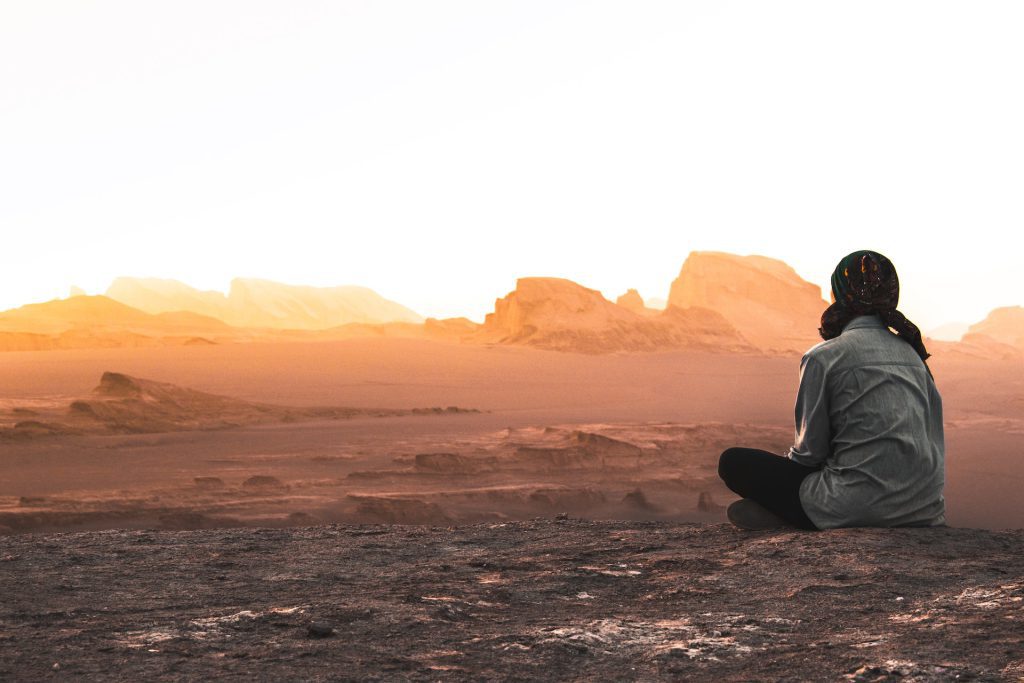
To reach the captivating expanse of Kalouts, your journey begins along the Kerman-Bam Road.
Drive approximately 35 kilometers until you reach Siraj. At this point, opt for Shahdad Road, guiding your vehicle along this route until you arrive at the remarkable Shahdad Desert and the mesmerizing formations of Shahdad Kalouts. The road, like a ribbon through the desert landscape, unveils the beauty of this natural wonder, promising an unforgettable adventure amidst the sands.
Recommended Sightseeing Time of Shahdad Kalouts
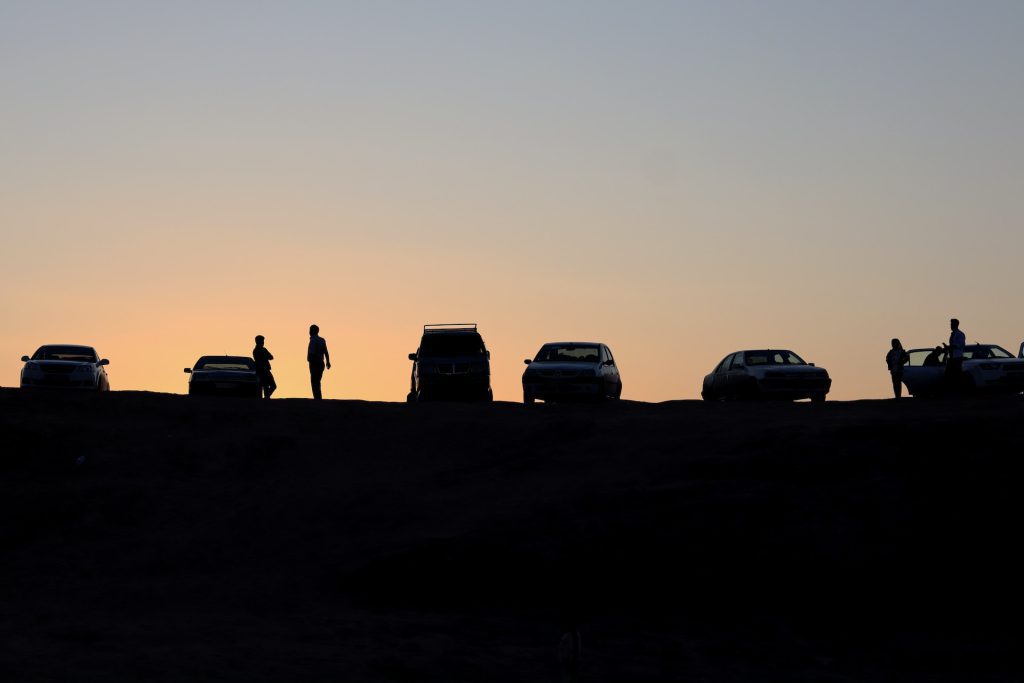
It’s common knowledge that summer isn’t the ideal season for exploring the Kalouts of Shahdad in Kerman. To truly appreciate the splendor of this tourist attraction, it’s best to plan your visit for the early spring or fall.
During these seasons, Kalouts reveal their beauty under more favorable weather conditions, allowing you to fully immerse yourself in the awe-inspiring natural landscape without the discomfort of extreme heat.
Where to Stay near Shahdad Kalouts
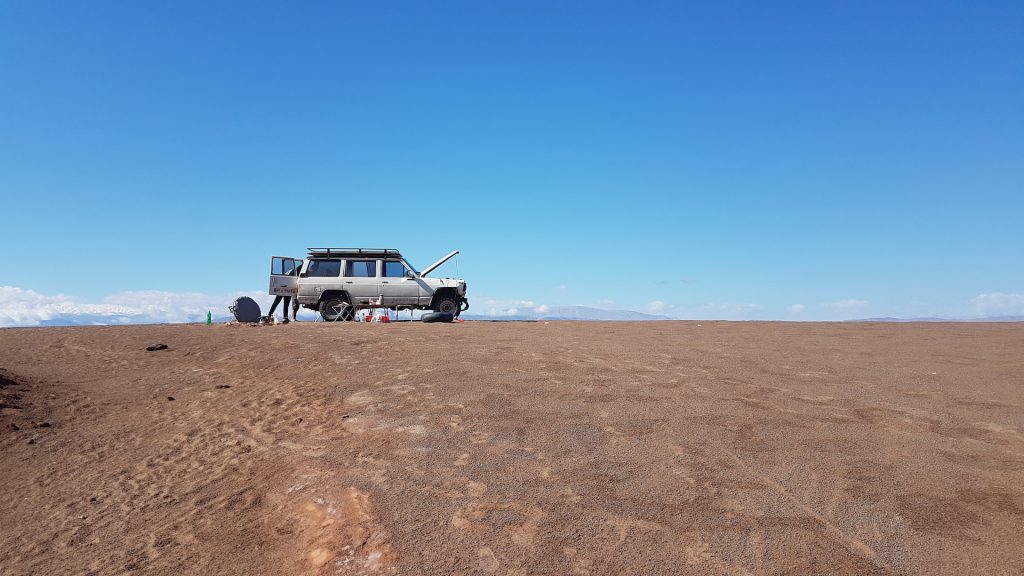
For those who prefer a touch of tradition during their stay near Shahdad Kalouts in Kerman, there are charming options awaiting you. These accommodations offer a warm, authentic experience amidst the desert’s beauty. Here are a few comfortable and inviting choices:
Derafsh Ecotourism Residence
Step into the past with this residence’s traditional Persian architecture, offering a serene stay and a taste of the region’s heritage.
Baba’Attar Ecotourism Residence
Experience genuine local hospitality in this peaceful retreat, where you can enjoy the desert’s tranquility and warmth.
Shahdad Kalouts Ecotourism Residence
Get closer to nature in this rustic yet comfy residence, perfect for immersing yourself in the desert’s natural wonders.
Choosing any of these stays means not just finding a place to rest, but also a chance to experience the rich culture and warmth of Kalouts and its surroundings.
Other Attractions near Shahdad Kalouts
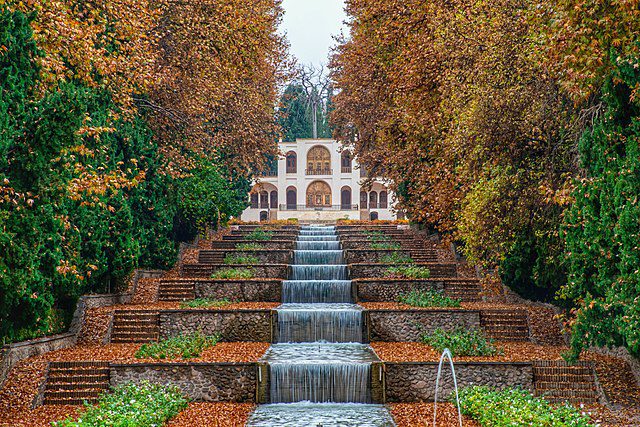
Once you’ve marveled at the wonders of Shahdad Kalouts, your adventure doesn’t have to end. With thoughtful planning, you can explore other intriguing sites nearby, enhancing your trip with a diverse range of experiences. Here are three captivating destinations to consider:
Shahzade Mahan Garden (Bagh-e Shazdeh Mahan)
This enchanting spot, often referred to as the Prince’s Garden, stands as one of the most renowned Persian gardens globally. Located in Kerman, it offers a serene atmosphere, adorned with exquisite architecture and lush greenery, providing a tranquil escape for visitors seeking relaxation and cultural enrichment.
Shafie Abad Caravanserai
This historical gem, dating back to the Qajar era, is nestled in Shafie Abad village of Kerman. The caravanserai, located on the Nehbandan-Shahdad road, offers a glimpse into the region’s rich history, providing a fascinating stop for history enthusiasts.
Gandom Beryan Region
Known as the Scorched Wheat, Gandom Beryan is a marvel within the Lut Desert. Situated in the eastern part of the Raver mountains in Kerman, this region showcases the desert’s unique beauty, making it a must-visit for nature lovers and photographers alike.
Each of these attractions adds depth to your journey, offering a tapestry of experiences that complement the natural wonders of Shahdad Kalouts. By exploring these nearby treasures, you can truly make the most of your adventure in this captivating region.
FAQs about Shahdad Kalouts
Q1: What are Shahdad Kalouts?
A1: Shahdad Kalouts are immense sand cliffs located in the heart of Kerman, Iran. They are the world’s largest sand cliffs, shaped by wind over ancient lake sediments, creating a stunning landscape.
Q2: What is the history behind Shahdad Kalouts?
A2: Shahdad Kalouts hints at a long-lost city buried beneath the sands, with discoveries of bronze and clay artifacts suggesting the existence of an ancient civilization.
Q3: How do I get to Shahdad Kalouts?
A3: To reach Shahdad Kalouts, take the Kerman-Bam Road and drive approximately 35 kilometers until you reach Siraj. From there, follow Shahdad Road to arrive at the desert and the Kalouts formations.
Q4: What should I carry when visiting Shahdad Kalouts?
A4: Essential items to carry include water, general medicine, snacks, warm and light clothes, a visor hat, sunglasses, comfortable sneakers, a power bank, a rubbish sack, a backpack, a first-aid kit, sun cream, and an ID card.
Q5: What are some nearby attractions to Shahdad Kalouts?
A5: Nearby attractions include Shahzade Mahan Garden, a renowned Persian garden; Shafie Abad Caravanserai, a historical site dating back to the Qajar era; and Gandom Beryan Region, known as the Scorched Wheat, showcasing the unique beauty of the Lut Desert.
Last Words: Embrace the Magic of Shahdad Kalouts with Customized Tours
In Kerman, there’s an incredible sight called Shahdad Kalouts – the world’s largest sand cliffs. They’re a must-see for nature lovers. These massive formations, shaped by time and wind, cover 100 hectares and include unique features like bubbling salt springs. It’s not just sand; it’s a living testament to Earth’s beauty, inviting explorers to marvel at nature’s wonders.
Planning a trip to Iran and yearning to explore the enchanting wonders of Shahdad Kalouts? Picture yourself amidst the vast expanse of the Lut Desert, where towering sand formations, known as Kalouts, create a surreal landscape. To truly savor the essence of this natural marvel, embarking on a Customized Tour is the key to an unforgettable experience. Embark on a transformative adventure with To Iran Tour’s Customized Tours. Let us weave the perfect narrative for your journey, ensuring that every moment in Iran becomes a cherished memory. Our mission is simple: to help you have a great experience in Iran, one that lingers in your heart forever.

